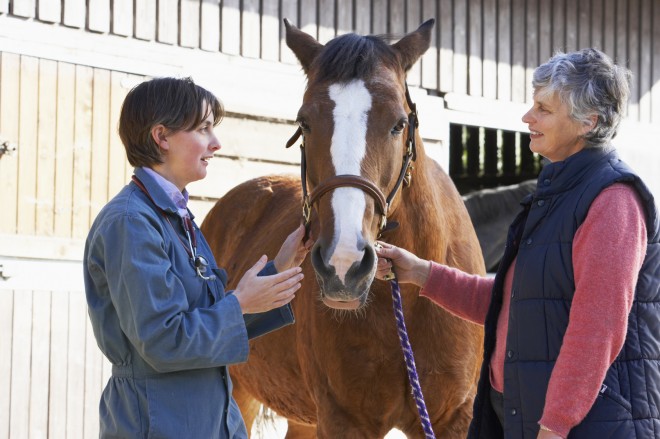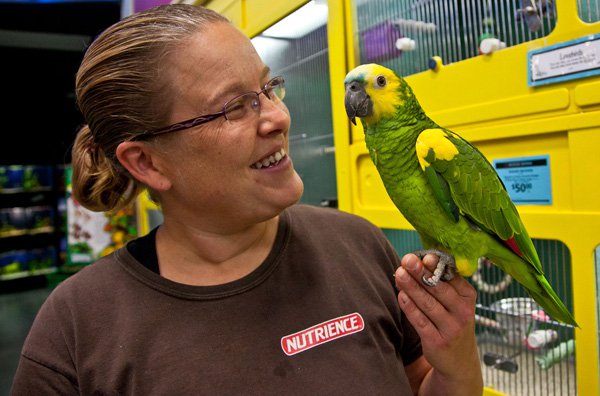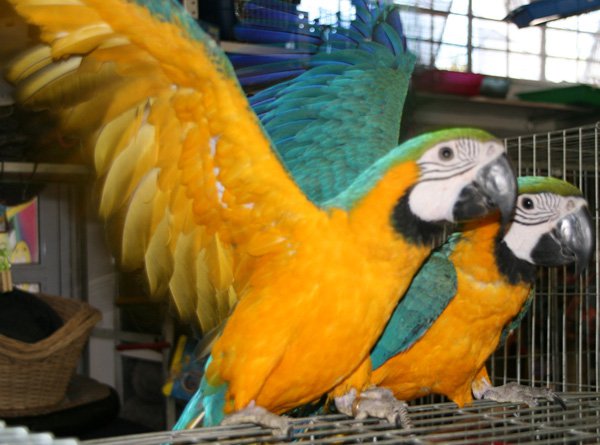

Over the years, more and more competition horses are being diagnosed with a condition known as sacroiliac (SI) disease. So much so that it is now a recognised equine health issue. The problem is this disease presents vets with a real problem due to the fact there are so many clinical signs associated with SI that it makes the condition really challenging to diagnose.
With this said, one vet came up with 6 clinical signs that owners and other vets can use to establish whether or not a horse may be suffering from SI. The one thing that he noticed was that the majority of horses with the condition had one symptom in common which was that they all suffered very noticeable restricted movement just where they spines meets the pelvis.
According to Van Wessum, the vet who came up with these 6 indicators that a horse may be suffering from sacroiliac disease, if owners are at all concerned, they can watch out for the following signs:
Horses with the condition tend to start tracking narrow behind which is one of the first signs of a change in their gait. This change although noticeable at the walk is far much more obvious at the trot.
When a horse is asked to work, in a serpentine, their front and hind legs move forward at the same time on the same side which is very much like the gait of a pacer. This change in gait is thought to be due to a decrease a horse's spinal mobility as well as an increased tension in their back and pelvis.
Most horses suffering from SI will hold one hip a little lower than the other giving the appearance of them bending on one side. This is very apparent when they are being lunged on a large or small circle. Hind limbs tend not to track their front limbs as they should when working on a circle.
The majority of horses when in work hold their tails straight out – apart from certain breeds like the Arab, that is. When a horse suffers from sacroiliac disease, they tend to hold or even lock their tails to the side when they are asked to do any bending work. According to the research, this is a clear sign they are suffering from SI.
Horses with the condition have an altered gait at the canter. The usual three beat gait is changed by the fact their hind feet hit the ground together at the same time giving the impression of a “bunny hop”. It's worth noting that it's important to canter a horse for several strides to determine whether or not this altered gait is due to high spirits or the fact they are suffering from SI.
A vet would need to manipulate a horse's SI region in order to establish this last sign that they may be suffering from sacroiliac disease. The vet does this by putting a hand on the point of a horse's hip before pulling their tail to one side and then repeating the process on the opposite side. The vet would then encourage a horse to “tuck” themselves up by scratching each of the horse's hamstrings using a pointed tool.
If all is well, both ventral and lateral flexibility will be symmetrical. However, if there is a problem, a marked reduction in either would be a sure sign there is something wrong and the chances are this is due to sacroiliac disease.
According to the vet who came up with these 6 indicators, a horse would only need to show three of them for horse owners to be concerned and if they showed less than three, the chances are the horse is not suffering from sacroiliac disease but something else altogether.
The good news is that with the proper treatment and care, over a period of time most of the clinical signs do subside. The fact that vets now have more specific factors to base their diagnosis on makes it that much easier for them to correctly establish whether a horse is suffering from SI or not. This is great news because vets can now recommend a treatment that much sooner which makes life a lot more comfortable for the horse.
If you notice that your horse's gait has changed, you may find they are suffering from sacroiliac disease. Luckily today, vets find it much easier to establish whether this is the case or not all thanks to the 6 indicators which a vet called Van Wessum came up with after studying many horses with the condition. If you have any concerns, it's worth watching out for any of the signs mentioned above and then to have your vet examine your horse so they can recommend how to go about treating them.
 What Dog Shelter Adoption Fees Cover, And Why They Are Charged
What Dog Shelter Adoption Fees Cover, And Why They Are Charged
 Cat Genetics Part Four - Coat Colour - The Easy Version
Cat Genetics Part Four - Coat Colour - The Easy Version
 Newfoundlands And Sas
Newfoundlands And Sas
 Austrian Pinscher Dogs - Interesting Facts About The Breed
Austrian Pinscher Dogs - Interesting Facts About The Breed
 Complete sinking water food spirulina wafers best for aquarium fishes
Complete sinking water food spirulina wafers best for aquarium fishes
 Accessories for Pets – Dog Leads and Collars
Accessories for Pets – Dog Leads and Collars
 What To Do With The Pet Recalled Food
What To Do With The Pet Recalled Food
There ar
What To Do With The Pet Recalled Food
What To Do With The Pet Recalled Food
There ar
 Some Frequently Asked Questions About The Shetland Sheepdog
Some Frequently A
Some Frequently Asked Questions About The Shetland Sheepdog
Some Frequently A
 Hamster Or Guinea Pig? Which Would Be Best For You?
Hamster Or Guinea
Hamster Or Guinea Pig? Which Would Be Best For You?
Hamster Or Guinea
 Puppy Farming - The Reality
Puppy Farming - T
Puppy Farming - The Reality
Puppy Farming - T
 Living With Dogs That Are Not Spayed Or Neutered
Living With Dogs
Living With Dogs That Are Not Spayed Or Neutered
Living With Dogs
Copyright © 2005-2016 Pet Information All Rights Reserved
Contact us: www162date@outlook.com